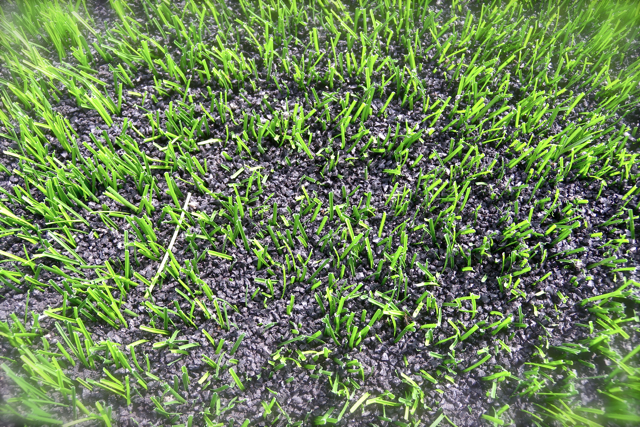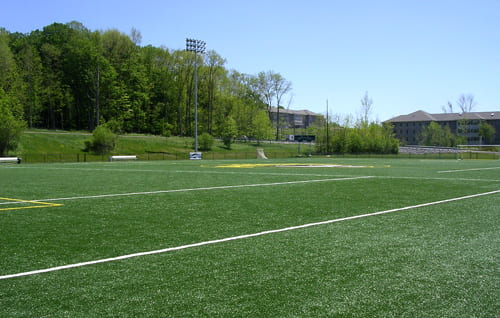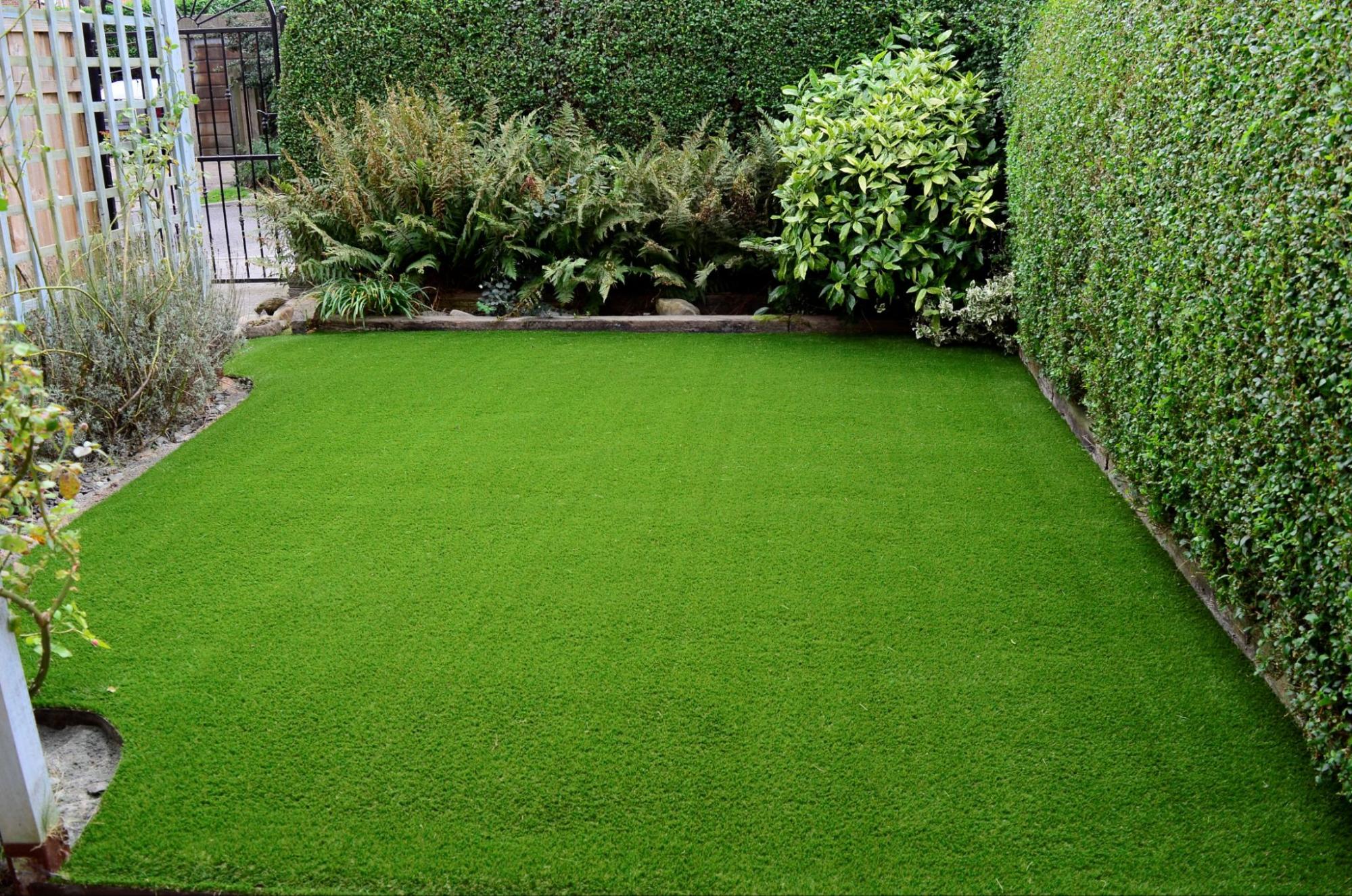Best Phoenix Turf Companies Focusing on Synthetic Grass Solutions
Best Phoenix Turf Companies Focusing on Synthetic Grass Solutions
Blog Article
Delve Into the Environmental Perks of Opting for Artificial Lawn Solutions
The fostering of synthetic grass remedies offers an engaging possibility to deal with pressing environmental difficulties. By significantly decreasing water usage and reducing the application of unsafe chemicals, these alternatives not just advertise sustainable landscaping yet additionally secure regional ecosystems. Moreover, the reduced carbon footprint linked with decreased upkeep activities adds to an extra lasting technique to land management. Nevertheless, the effects of these advantages prolong beyond mere conservation efforts, elevating concerns concerning their long-lasting influence on environment preservation and total eco-friendly balance. Checking out these measurements reveals a complex interplay worth considering.
Water Preservation Benefits
One of the most significant advantages of artificial lawn is its ability to save water. In contrast, artificial lawn does not need watering, considerably decreasing the overall need for water resources.
By getting rid of the demand for normal watering, synthetic grass adds to lasting landscape methods and aids mitigate the environmental effect of too much water consumption. In addition, the conservation of water encompasses the decrease of drainage, which can lead to dirt erosion and river air pollution.
Furthermore, the installment of synthetic grass permits house owners and districts to allocate water resources much more effectively, concentrating on important uses such as alcohol consumption water and farming. The shift towards synthetic grass not just promotes responsible water use yet additionally lines up with wider environmental goals targeted at protecting natural deposits.
As communities progressively focus on sustainability, the water preservation benefits of fabricated lawn present a compelling case for its adoption in business and property landscaping projects.
Lowered Chemical Use
The shift to synthetic grass considerably decreases the dependence on chemical therapies generally used in all-natural lawn maintenance. Conventional turf management usually involves the application of pesticides, herbicides, and plant foods to promote development and control bugs. These chemicals can pose threats to human health and wellness, regional wildlife, and the setting, contributing to dirt and water contamination.
In comparison, fabricated grass gets rid of the demand for these unsafe materials. By lessening the release of artificial compounds into the ecological community, synthetic grass promotes healthier dirt and water systems.
In addition, the absence of chemical drainage associated with synthetic grass installations aids shield local rivers from pollution, sustaining aquatic life and preserving biodiversity. Arizona turf. As neighborhoods significantly prioritize sustainable techniques, choosing synthetic grass provides a feasible option that lines up with ecological conservation goals. Through this change, homeowner can enjoy lush eco-friendly rooms without compromising ecological health, paving the way for a much more sustainable future
Reduced Carbon Footprint

In addition, the installment of synthetic grass can result in substantial water preservation. All-natural yards call for substantial quantities of water for watering, which not just includes in the carbon footprint related to water removal and therapy but additionally strains regional water resources. In comparison, man-made grass needs minimal maintenance, requiring no watering, consequently dramatically minimizing water use and its linked energy prices.
Furthermore, the long life of synthetic grass contributes to its decreased carbon impact. With a life-span of as much as 15 years or even more, the requirement for frequent replacements is reduced, resulting in much less waste and reduced power usage in production and dealing with typical turf options. Generally, fabricated turf presents a lasting alternative for ecologically conscious landscaping.
Environment Conservation
Habitat preservation is a critical consideration in the discussion over landscaping options, particularly when contrasting synthetic grass to Website all-natural grass. All-natural lawn yards often call for considerable maintenance, consisting of using fertilizers, pesticides, and herbicides, which can adversely impact neighborhood communities. These chemicals can seep into the dirt and waterways, harming native flora and animals and interfering with regional environments.
In contrast, synthetic grass presents a chance to minimize the environmental impact of landscaping. By choosing artificial lawn, home owners can lessen the disruption of all-natural habitats connected with traditional lawn care techniques. Fabricated grass gets rid of the demand for unsafe chemicals, consequently shielding close-by wild animals and maintaining the stability of bordering environments. The installation of synthetic turf can lead to the conversion of former yard locations right into even more biodiverse landscapes, such as pollinator yards or indigenous plant areas, which can sustain regional wildlife.
Ultimately, the transition to synthetic grass not only preserves water and lowers upkeep initiatives however likewise cultivates a more unified connection in between human activities and the all-natural setting, promoting habitat conservation at the same time.
Long-Term Sustainability
Long-term sustainability is an important factor in evaluating the advantages of fabricated turf over standard yard lawns. Among the most substantial advantages of man-made grass is its resilience; it can last up to 15-20 years with minimal maintenance, whereas natural turf requires regular reseeding and replacement. This longevity decreases the demand for continuous resources, such as water, fertilizers, and chemicals, which are necessary for maintaining a healthy turf yard.
Furthermore, synthetic grass contributes to a reduction in carbon discharges connected with lawn care equipment. Typical grass often require gas-powered lawn mowers, trimmers, and blowers, all of which add to air contamination. Artificial turf companies phoenix. In contrast, man-made lawn eliminates the need for such tools, advertising a cleaner atmosphere
Furthermore, the production of synthetic grass progressively uses recycled materials, improving its sustainability account. As makers embrace environment-friendly methods, the environmental impact of fabricated lawn continues to diminish.

Final Thought
The adoption of synthetic grass options presents considerable ecological advantages, consisting of substantial water conservation, decreased dependence on click reference unsafe chemicals, and a lower carbon footprint. Fabricated lawn aids in maintaining natural environments by reducing land disruption and advertising long-lasting sustainability via check my reference the usage of long lasting products. Collectively, these variables emphasize the possibility of synthetic turf to contribute positively to environmental wellness and supply a practical option to standard landscaping techniques in an increasingly resource-conscious world.
In contrast, artificial turf does not need watering, dramatically reducing the general need for water sources. By lessening the launch of synthetic compounds into the community, fabricated turf advertises much healthier dirt and water systems.
Moreover, the installation of fabricated grass can result in substantial water preservation. In comparison, man-made grass requires minimal maintenance, needing no watering, consequently dramatically lowering water use and its connected power costs.

Report this page